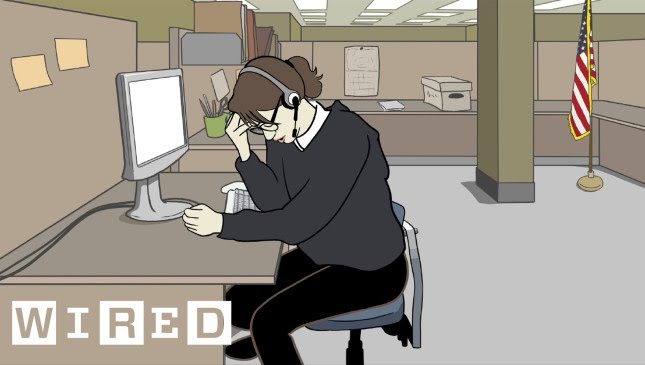Aerodynamics and Paper Airplanes: Designing for Lift and Distance
Summary
In this article, we delve into the world of aerodynamics and paper airplane design. We explore the tube plan and its ability to generate lift through spinning, the role of the boundary layer in creating lift, and the impact of the Reynolds number on fluid flow patterns. We also discuss different paper airplane designs and their strengths and weaknesses, including the Suzann design, which is optimized for lift to drag and can hold up on a hard throw.
Table of Contents
- The Tube Plan: Generating Lift Through Spinning
- The Boundary Layer: Creating Lift for Spinning Objects
- The Reynolds Number: Impact on Fluid Flow Patterns
- Paper Airplane Designs: Strengths and Weaknesses
- The Suzann Design: Optimized for Lift to Drag
The Tube Plan: Generating Lift Through Spinning
The tube plan is a unique paper airplane design that generates lift through spinning. This design rotates around a center of gravity, which causes the air to flow differently over the wings. As the wings spin, they create lift, allowing the plane to stay in the air for longer periods. The tube plan is an excellent example of how understanding aerodynamics can lead to innovative design solutions.
The Boundary Layer: Creating Lift for Spinning Objects
The boundary layer is a thin layer of fluid that forms around an object in motion. This layer can create lift for spinning objects, such as the tube plan. As the wings spin, the boundary layer on the top of the wing moves faster than the air below, creating a pressure difference that generates lift. Understanding the role of the boundary layer is critical to designing spinning objects that can generate lift efficiently.
The Reynolds Number: Impact on Fluid Flow Patterns
The Reynolds number is a dimensionless number that describes the flow patterns of fluids. It affects the airflow of a plane, causing it to shift from turbulent to laminar flow at different speeds. At launch, the flow is only laminar at the nose, but as the plane slows down, the Coanda effect causes the air to stick farther back on the wing. This plane has more dihedral in the middle of the wing, where the Coanda effect and Reynolds numbers work together to create smooth airflow.
Paper Airplane Designs: Strengths and Weaknesses
There are many different paper airplane designs, each with its strengths and weaknesses. For example, the dart design is excellent for speed and distance, but it lacks stability and can be difficult to control. The glider design, on the other hand, is optimized for stability and control, but it may not fly as far as other designs. Understanding the pros and cons of different designs is essential to creating a paper airplane that meets your specific needs.
The Suzann Design: Optimized for Lift to Drag
The Suzann design is a unique paper airplane design that is optimized for lift to drag. This design is excellent for distance and can hold up on a hard throw. The key to making this design work is to make precise creases and adjust the wings’ dihedral angle. The center of gravity is forward, and lifting the nose with the up elevator activates the glide ratio. This paper airplane has flown past the record distance by gliding over the finish line instead of crashing.
Conclusion
Understanding fluid dynamics can lead to better airplane design and more efficient technology for a greener future. By exploring the different aspects of aerodynamics and paper airplane design, we can create innovative solutions that push the boundaries of what’s possible. Whether you’re a student learning the basics of aerodynamics or a seasoned engineer designing the next generation of airplanes, there’s always something new to learn about this fascinating field.







